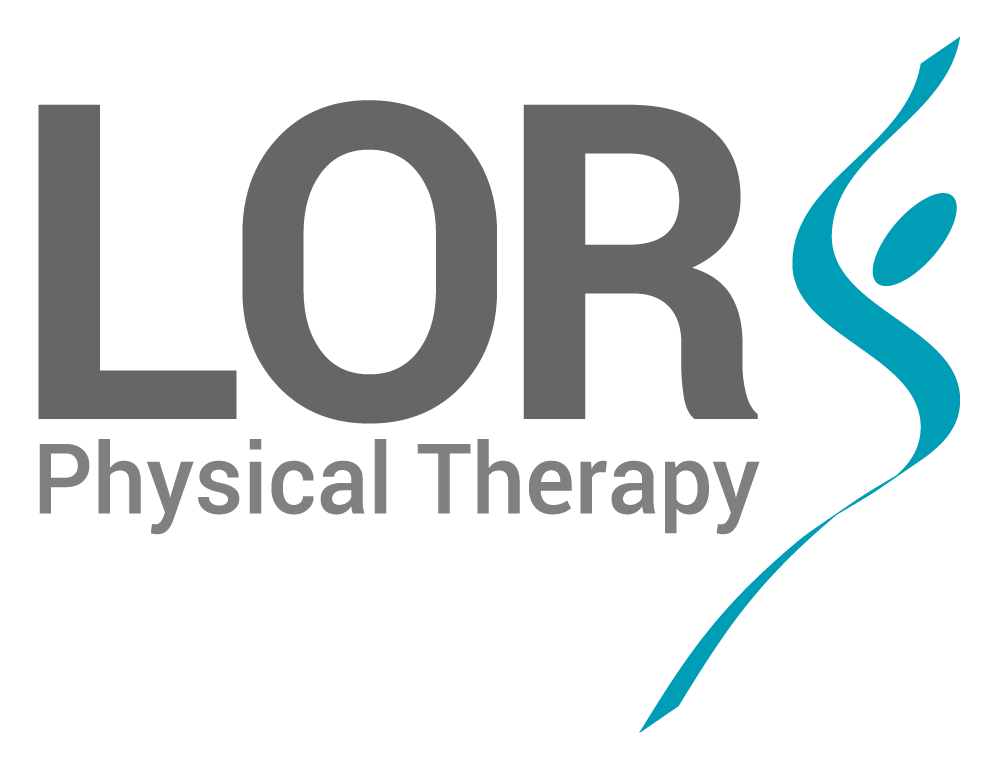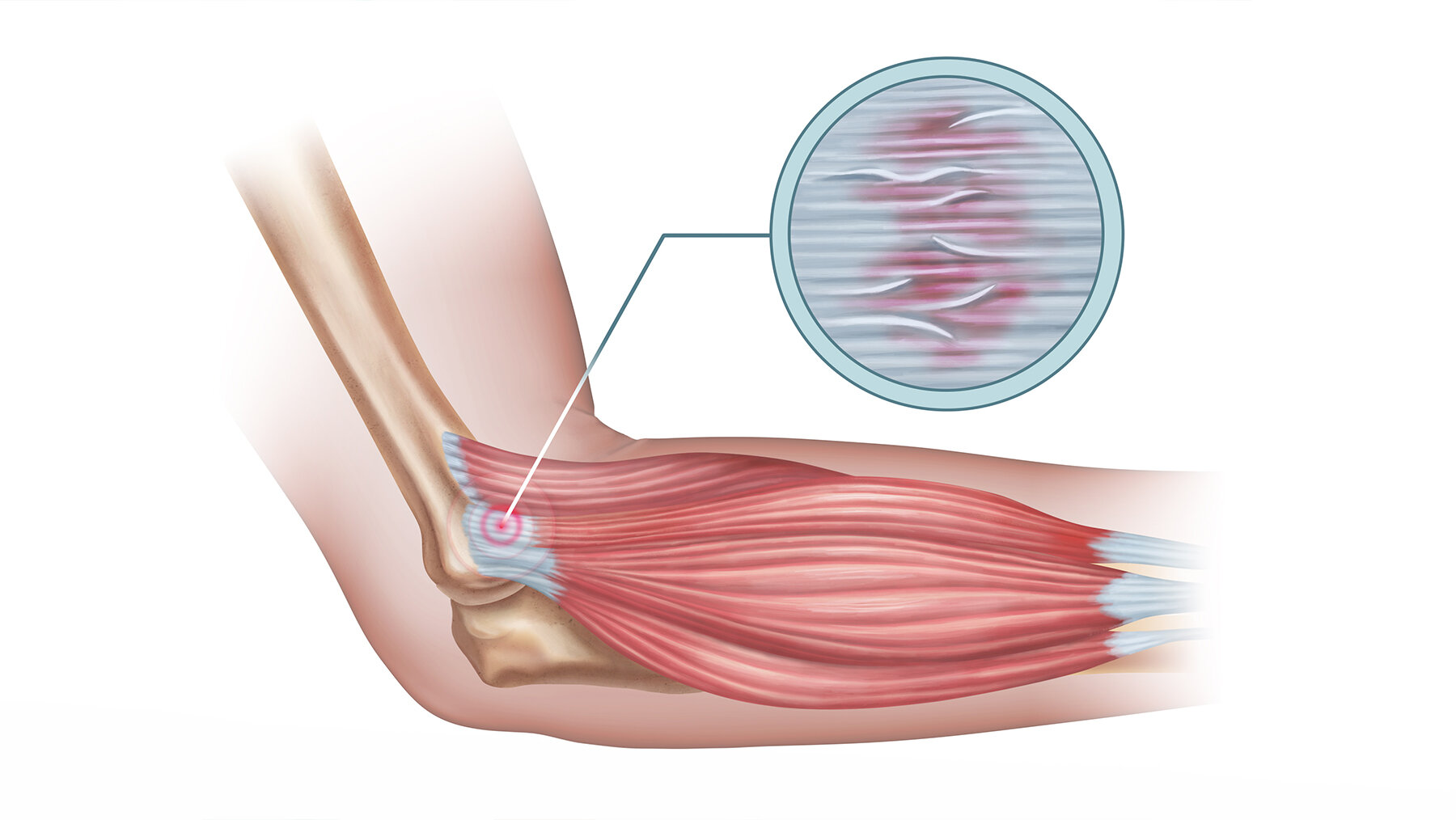3 Simples Exercises to Treat Tennis Elbow Pain From Home
Tennis Elbow pain affects more than just passionate tennis players. Anyone who repetitively uses their wrist and forearm can develop soreness on the outside of the elbow. And it can be hard to shake.
In this article, we hope to highlight three simple exercises to help you get on top of your Tennis Elbow pain and discuss a surprising hidden cause of this dysfunction.
What is Tennis Elbow?
Tennis Elbow is a more common term for Lateral Epicondylitis - an overload of the forearm tendons that attach to the outside of the elbow.
In more severe cases there can be tendon and muscle tearing, however, despite the ‘-itis’ name, traditional Lateral Epicondylitis is not an inflammatory condition.
Symptoms of Tennis Elbow
Common symptoms of tennis elbow include localized pain on the outside of the elbow and pain that radiates above the elbow to the upper and below into the forearm hand and wrist.
Pain is often associated with activities that stress the forearm tendons:
Gripping
Gripping and twisting (opening jars, turning door knobs)
Wrist extension
Causes of Tennis Elbow
As mentioned above, although Tennis Elbow is stereotypically associated with holding a racquet and playing tennis there are many other repetitive activities that can overload the forearm tendons as they attach to the elbow.
Repetitive mouse and keyboard use
Tiling/Bricklaying
Any activity that repetitively loads up your forearm muscles.
It’s also worth noting that a direct blow to the outside of your elbow can also expose or contribute to the onset of Tennis Elbow pain.
Why Repetition is Not Necessarily the Root Cause of Tennis Elbow
The stereotypical concern with Tennis Elbow is that its a repetition-based injury. And while this is true on a number of levels, it doesn’t necessarily explain things entirely. And just looking at Tennis Elbow as an ‘overuse’ injury, belies the fact that there are other features involved clinically. Features that need to be addressed if you want to solve your Tennis Elbow.
Repetition clearly plays a role in the development of Tennis Elbow, but it can’t be the only reason. This may sound a little strange, however things become more clear when we realize that the body is designed to be used. The body is wired to adapt to the things we do. It’s the reason why we exercise and lift weights, with repetition. It’s the reason why we value repetition in skill acquisition, learning and on many other fronts. We consistently challenge and retrain our body until it evolves to do what we’d like it to do.
Yet for some reason, we look at ‘use’ as something that can turn into ‘overuse’ quite easily. Now, there is certainly an level of use that may exceed a tissues tolerance to cope, but for most people this is often not the case,
Instead, we usually find that something sets the area up to fail before repetitious load is applied. In other words, we need to stop thinking of Tennis Elbow as a consequence of a perfectly functioning and normal tendon succumbing to repetition, and instead think of repetition as the factor that exposes a hidden underbelly of already present dysfunction.
And from what can be found clinically, this underbelly of dysfunction may actually begin at the neck.
How the Neck May Contribute to Tennis Elbow Pain
Clinically, Tennis Elbow may occur as the result of poor lower neck function. More specifically, stiffness and tightness at the base of the neck.
Anatomically, the base of the neck has neural connections that supply the muscles and tissue of the elbow and forearm. If these areas become overloaded, stiff and tight they can create consequences for any tissue or areas they connect with. In this instance, the forearm and tissue around the elbow can become weaker, tighter and more prone to dysfunction if the base of the neck is stiff.
So to use baking a cake as an example, the repetitious use of your wrist, forearm and elbow is not the whole cake. It’s just the frosting. Sure the frosting is usually the sexiest and most delicious part of the cake experience, but its not the foundation. The cake itself is often the less sexy, less flashy part of the whole package, but it’s the most important. You can’t have frosting without something to put it on. And you usually can’t have repetition alone causing dysfunction unless the area is already compromised. After all, repetition should usually equal adaptation and progress in a system designed to experience it.
With this in mind, any and all treatment for Tennis Elbow pain should include something for this covert neck dysfunction. So, what should you do?
Three Simple Exercises to Treat Tennis Elbow From Home
If you’re looking to take the reins and improve your Tennis Elbow pain from home, there are three simple things you can do to make some big inroads into your dysfunction.
If you’d like to know what they are, please consider letting us know by filling out the quick form below! We’ll send then right to your inbox and help you get started right away!

